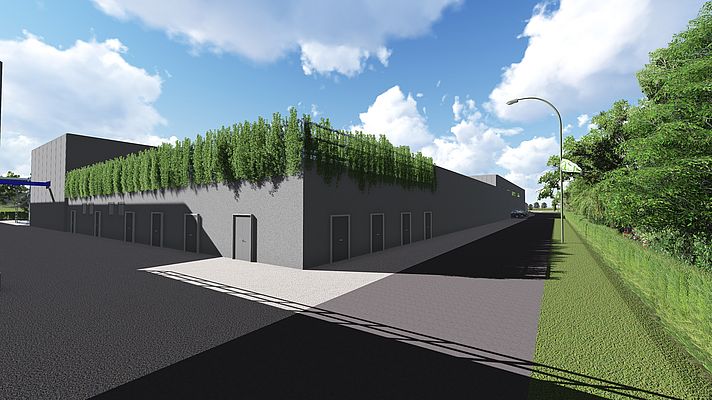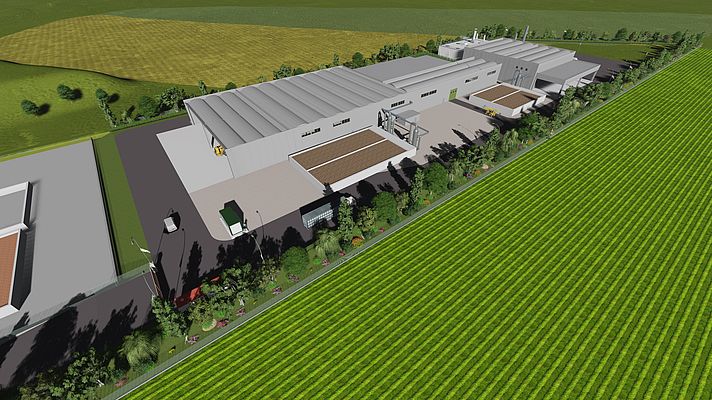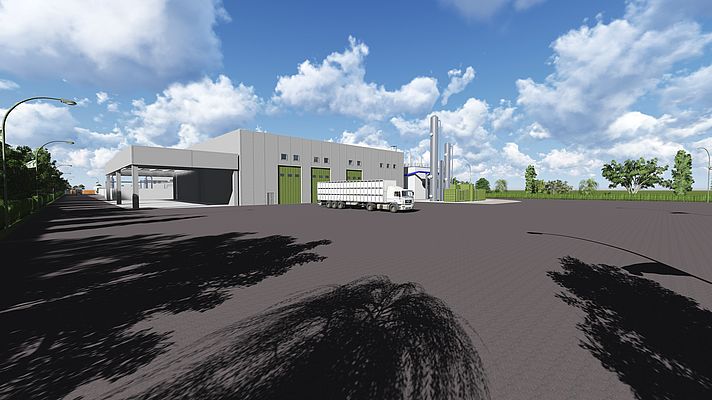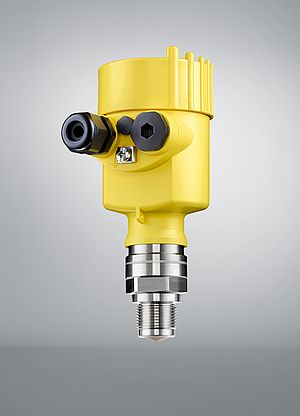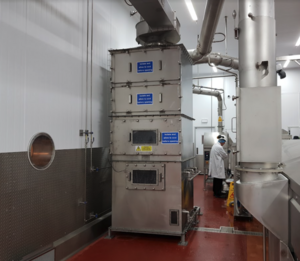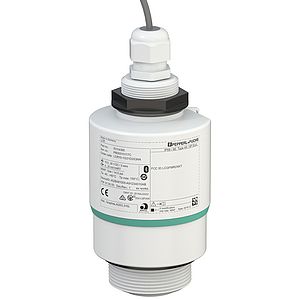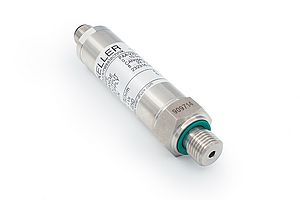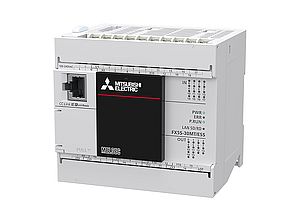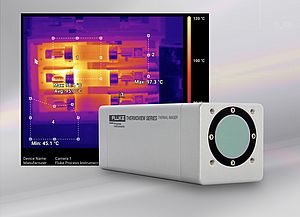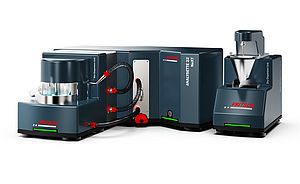Asja Ambiente Italy is an international company that operates in the field of renewable energy, energy efficiency and in reducing greenhouse gases responsible for climate change. Founded in 1995, Asja has grown exponentially over the years, developing specific skills to successfully tackle all issues related to the production of clean energy, through the most advanced technological solutions and in full compliance with national and international regulations.
For over 20 years Asja has designed, built and managed leading plants that generate electricity from renewable sources in Italy and abroad, with a focus on South America and China. Through its 49 operating plants (biogas, biomass, wind and photovoltaic) with more than 200 MW of installed capacity, it can annually produce more than 580 GWh of green energy, enough to meet the energy needs of 860,000 people. Asja's mission is eco-sustainable development: the company wants to realize new projects in clean energy and energy efficiency sectors, actively contributing to the fight against climate change. For this reason, the company has decided to bring to Italy an almost unheard technology: The production of biomethane fueled by biogas obtained from the anaerobic digestion of the organic fraction of municipal solid waste after recycling (FOU).
Biomethane is a gas that contains at least 95% methane and it is produced from renewable sources. It derives from the biogas produced by the anaerobic digestion of biomass in a controlled environment (digester) or in a landfill, following the decomposition of waste. Subjected to an upgrading process, it reaches the quality of natural gas and it is suitable for the next stage input into the natural gas network. The Biomethane is indicated by several sources as a new horizon of sustainable fuels because it is a programmable renewable source, reduces dependence on imports and promotes local economic development and environmental sustainability. Moreover, the production of Biomethane, according to the production plant that will be used in Foligno, is a viable solution for waste management.
Referring to the potential of the production of biomethane, it would be possible to collectively cover in the medium term at least 10% of national gas consumption, through the production of 7-8 billion cubic meters of biomethane. Given that Italy imports 70 billion cubic meters of natural gas per year, biomethane is fundamental to reduce Italian dependence on energy. Thus, the activation of the agro-energetic sector of biomethane provides an opportunity to be pursued vigorously to develop the green economy in our country.
In the light of these considerations, Asja Ambiente Italy has decided to take another step forward and challenge its twenty years of experience in the field of biogas with a new test: Producing biomethane through upgrading of biogas produced by anaerobic fermentation of FOU.
Foligno plant, in Umbria, will be a leading technological center in the treatment of waste in Italy: Currently there is only another center, in Trento. Both plants allow to obtain an almost total recovery of the waste, as the digestate residue of the anaerobic digestion starts at a composting unit and the result is a high-quality compost. Waste for treatment in the new plant site will essentially consist of FOU (wet organic fraction from recycling) and structuring material (green maintenance residues). The biological process of anaerobic digestion operated in differentiated organic waste leads to the production of biogases which, following purification treatments, will allow the production of biomethane.
The anaerobic fermentation process involves the digestion of fresh organic waste, which allows the transformation of organic matter into biogas. The technology used is a semi-dry type with plug flow in thermophilic thermal regime and is carried out in two horizontal reactors. For the anaerobic digestion system Asja provides the supply of the anaerobic digestion modules with CESARO MAC IMPORT technology – Kompogas with the following features: Each anaerobic digestion module presents a useful volume of 1300 m3, which guarantees that inside the digesters there is the right value of organic load content.
Inside the Kompogas digester a perfect flow tube is created in which are identifiable, in all their length, the 4 stages of anaerobic digestion. The technological solution adopted is covered/supported by numerous patents: They provide for example the removal of the digestate from the process queue to be used as inoculum to fresh material on top of the digester, through a suitable through-tubing inside the same digester. This solution allows the bacteria to not undergo thermal shocks, since while passing inside the digester the temperature remains constant. The operation of the Kompogas digestor is automatic and managed directly by the program in the cockpit: This allows to work in automated and controlled manner.
The biogas produced is intercepted in the top section of the digester while the digestate is sent to the composting process. To obtain biomethane suitable to be injected into the network, it is necessary to purify the biogas produced from anaerobic digestion. The upgrading plant is dimensioned to treat the whole biogas output and a maximum range of 950Nm3 / h. There are currently some alternative technologies for the upgrading process: for our project washing with under pressure water (PWS) was chosen. The PWS system is based on the physical absorption process of carbon dioxide and sulfide hydrogen in water, taking advantage of the higher solubility of CO2 in water than CH4 at low temperature.
Therefore, the compounds such as CO2, H2S and NH3 are physically linked to the washing liquid, water in this case. The raw biogas arrives to the PWS plant at a pressure of 20-130 mbar and, to increase the water solubility, the biogas is compressed, then cooled and made to flow through the washing tower, in countercurrent compared to process water which is atomized in the upper part of the tower, in which the absorption takes place.
Biogas enriched with CH4 comes out from the top of the absorption tower. The tower has a defined pressure, thus ensuring a constant absorption of CO2 and H2S and other compounds. The “biomethane” outgoing from the washing tower will be made flowing in a double drying tower adapted to remove water vapor. At the end of the upgrading process, the biomethane will have a maximum rate expected of about 499 Sm3/h for a total annual production of about 4.37 million Sm3. Biomethane is constantly analyzed out of the drying tower and if it fits the preset quality parameters, it is introduced into the network.


